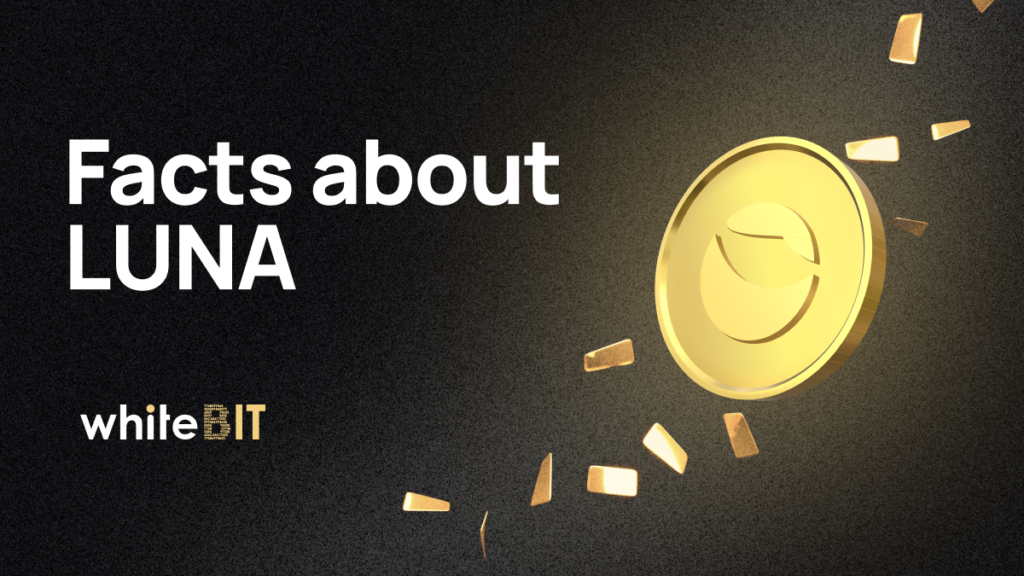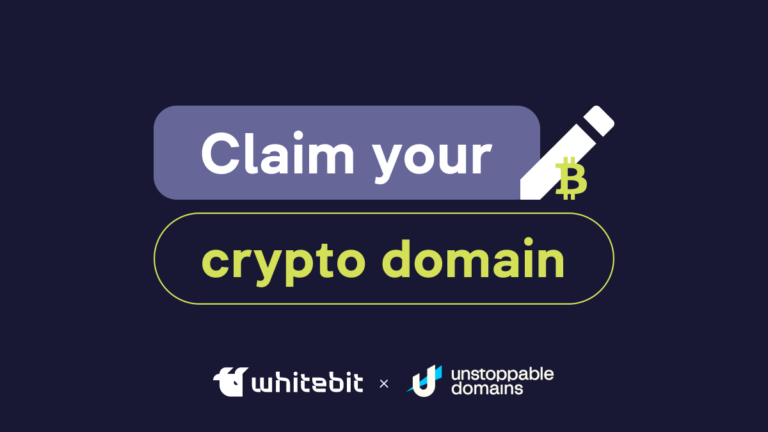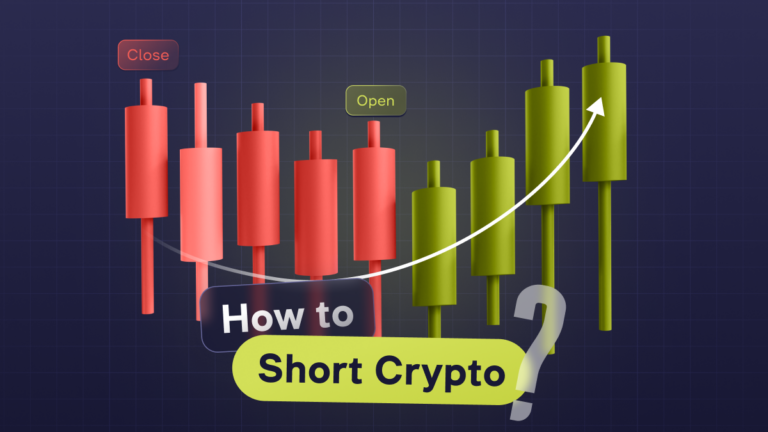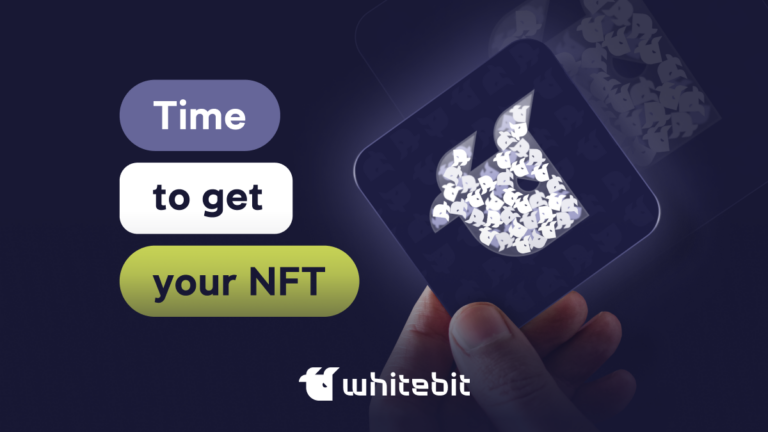Get to Know Terra (LUNA)

Content
The Terra protocol is the decentralized and public blockchain protocol for administrating algorithmic stablecoins. It uses arbitrage and Oracle voting for creating stablecoins that successively track the price of any fiat currency. Currently, there are 3 denominations on the Terra platform: TerraSDR (SDT) UST, TerraUSD (UST), and TerraKRW (KRT).
The Terra ecosystem consists of multiple DApps and creates a stable supply for Terra, as well as increases the price of Luna.
How does the Terra protocol work?
The platform regulates supply and demand to maintain a stable price of assets. The price of Terra will increase if the demand is high and the supply cannot fulfill it. The price falls if the supply is high and the demand is low. The task of the protocol is to maintain a balance in demand to ensure a stable asset price.
The protocol consists of 2 tokens: Terra (the platform’s stablecoins) and Luna (LUNA).
The principle of price regulation lies in successive periods of contraction and expansion.
During the contraction, when Terra’s price is below the peg, the demand is low, and the supply is high, the protocol stimulates users to burn Terra to mint Luna. This approach ensures a shortage, and the price of Terra is growing.
During the expansion, when Terra’s price is higher than the peg, the demand is high, and the supply is low, the protocol stimulates users to burn Luna to mint Terra. This process eventually results in price stabilization.
Luna
Luna is a governance token, allowing users to decide the future of the entire Terra Station. The voting on the proposal is possible only after a total deposit of 50 Luna has been made. It is needed to prevent spam.
Luna also helps to receive staking rewards, which come from gas and swap fees. In this case, it must be bonded to a validator. The protocol allows only 130 validators to take part in the PoS consensus. A validator’s rank is determined by the amount of Luna staked. Most of Luna bonded to the validators comes from delegators. They are users who want to earn rewards by staking.
Luna exists in 3 phases:
- unbonded: it can be freely traded and not involved in staking;
- bonded: it cannot be freely sold and is bonded to a validator;
- unbonding: the state of becoming unbond, which takes 21 days.
We are pleased to announce that LUNA was listed on our exchange on the 3rd of February.
The trading pairs are LUNA/USDT
Find more information about Terra (LUNA) on the website and in the White paper.
Trade the new asset and profit!
WhiteBIT Team








